OSG EXOCARB® WXS® End Mill Series Provide Reliable Alternative for Deep Cavity Machining
Magnus Hoyer, OSG Germany
A number of challenges, such as poor chip evacuation, vibration, chatter, tool instability and poor tool life, are commonly associated with the machining of deep cavities. In deep applications, the side walls of the workpiece become barriers for proper chip removal. Chip evacuation would only worsen the deeper into a part a cutter proceeds. Moreover, tool holders and adapters may collide with the workpiece due to the high contour and narrow web environment. With standard cutting tools, the cutting edges are fully engaged with the workpiece, resulting in lateral cutting forces that can trigger vibration, chattering and thus tool failure. Electrical discharge machining (EDM) is often used as an alternative for deep cavity machining, but it is highly time consuming and costly.
Meissner AG, a German manufacturer of prototypes, production tooling and molds, was experiencing such a challenge when working with the production of water jacket core tools that require the processing of tight pockets, narrow webs and high contours. As a manufacturer that is always in sync with the latest production equipment and technologies, Meissner has discovered that even with the utilization of 5-axis machining, optimal performance cannot be achieved for this type of work.
Founded in 1922 and headquartered in Biedenkopf-Wallau, Germany, Meissner offers services including the development, design and manufacturing of prototypes and production tooling and molds for clients around the world. Product tooling may include tools for the casting of engine blocks, cylinder heads, car rim parts from various materials, blow molds for fuel tanks and filler pipes, and more.
Meissner has a total of 340 employees, out of which approximately 50 are engineers. Meissner places great emphasis on product excellence, reliability, and continuous innovation. Meissner employs modern equipment and technology with virtually all automotive industry-wide CAD systems and a CAD-based data management to enable effective and efficient communication with its clients.
Meissner is one of the first companies in Germany to introduce 5-axis machining. The reduction in cycle time and the increase in precision are two major advantages of 5-axis CNC machining centers. However, product engineers at Meissner have discovered more and more frequently that, for certain components, it does not always make sense to rely on 5-axis machining.
According to Christoph Schwarz, Group Leader of Mechanical Production at Meissner, the inability to fully maximize the potential of a 5-axis machining center is especially apparent in the machining of water jacket core tools.
“With these tools, we have tight areas, tight pockets, narrow webs and high contours,” Schwarz said. “Limits are placed on the swiveling movements of machines, which reduces the speeds and feeds.”
According to Schwarz, the rotational movements also place more stress on the tools. Thus, depending on the geometry of the workpiece, 5-axis machining center may not always make sense. Meissner has also been processing deep cavity workpieces with EDM, but it is time consuming and costly.
“With the right tooling, our comparisons have shown that for certain workpieces, we are much faster with a 3-axis machining center,” said Schwarz.
Deep and narrow cavities usually require very long and thin tools. The deflection of the tool is a common issue during processing. For this reason, Meissner has been seeking an alternative, as it neither wanted to mill at an angle in 5-axis nor opt for EDM.
With the 2-flute toroidal and ball end mills from OSG, a solution appears to have been found, particularly for contour roughing and finishing of core tools for water jackets. The idea of using OSG’s toroidal and ball end mills in conjunction with a 3-axis machining center came about at the beginning of the year from another project. The toroidal and ball end mills from OSG’s WXS® series have been chosen for many reasons, Schwarz explains.
“First, it was the positive experience. OSG always showed willingness in response to inquiries, delivery times were short and the advice was competent,” Schwarz said. “More importantly, however, it was the result obtained from these cutting tools.”


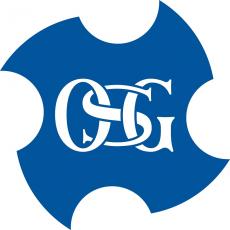

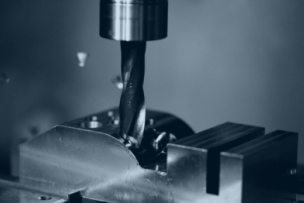
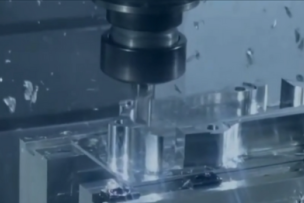

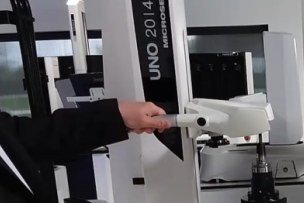
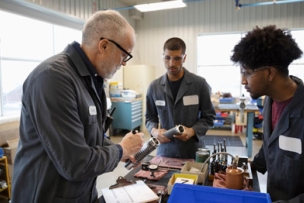
Talk to Us!
Leave a reply
Your email address will not be published. Required fields are marked *